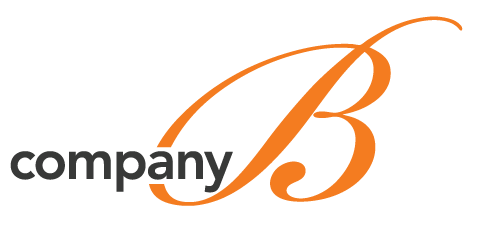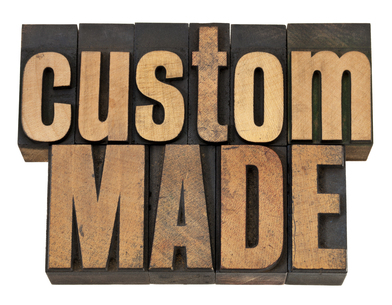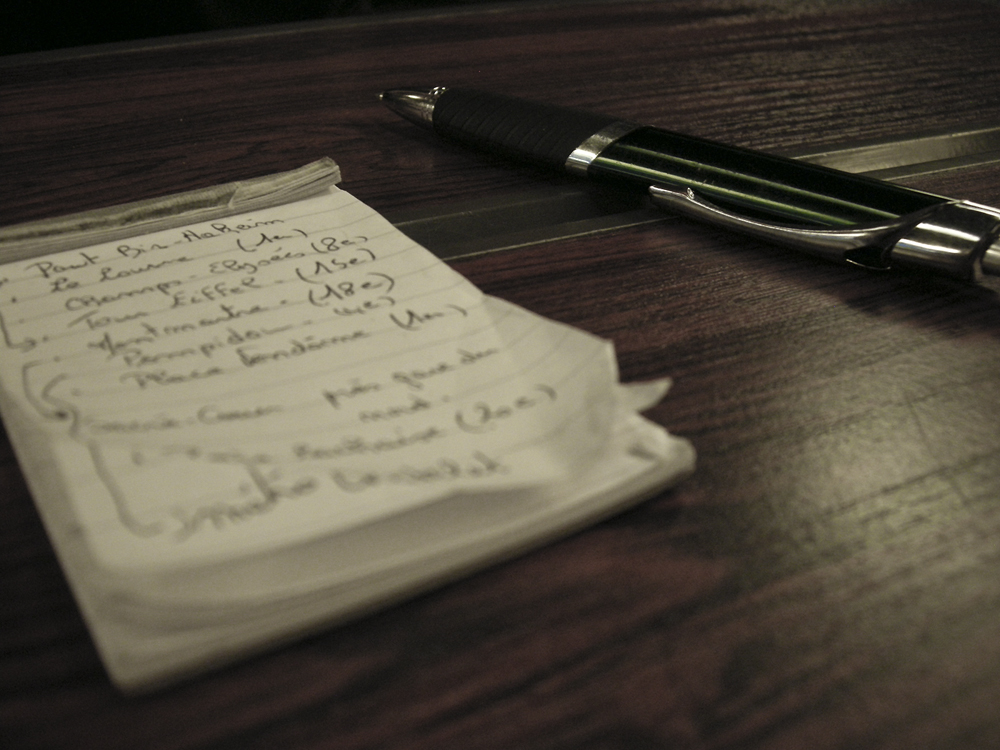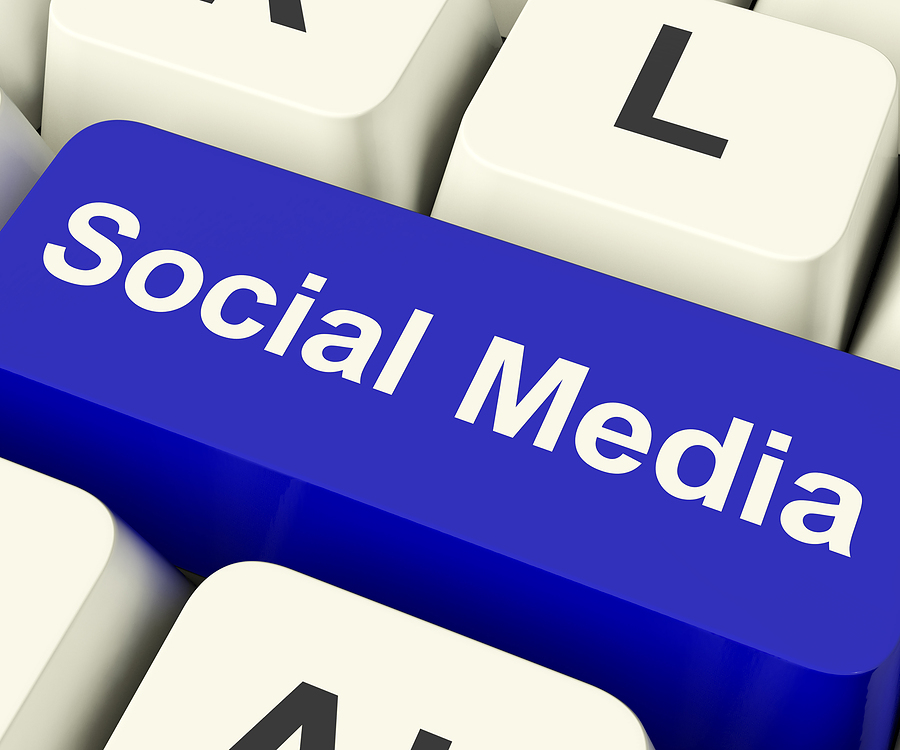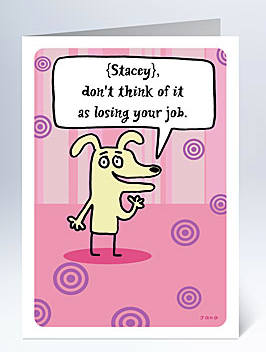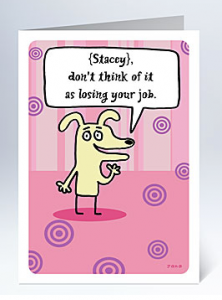Posts
A WFH Dress Code
/in Blog, Marketing, Public Relations, Storytelling /by Bonnie RothmanAbout three weeks ago, one of my clients was interviewed by a reporter at The Atlantic for a story about dress codes in the workplace. I was thrilled at our opportunity to be included in the story. Dress code? Now that many are working from home what does that even mean now?
I’m one of the lucky ones. I’ve worked from home on and off throughout my career. I made the transition during the dial-up internet era, when I began each workday twiddling my thumbs through a chorus of bings and bongs waiting to get online. When I started my virtual agency I made an agreement with myself to maintain “office hours,” which included following a daily schedule and sticking to a few self-imposed rules about what could get done during that time (no household chores and no novel-reading, for example). So when the world as we know it shifted in a matter of days, I was ready. Or so I thought.
One of my self-imposed rules required that I follow a dress code. I had a daily routine: put on makeup and dress in what was once called “casual Friday” outfits. No workout clothes or sweatpants during the workday for me. This was a practical decision. Most days, I’d have to head out for a meeting, a need-it-now media training, a quick brainstorm or networking lunch. Now that in-person meetings are on hold, I haven’t given up. Makeup helps me look good on Zoom, and I really like mascara, so during the first week of self-quarantine, I put on makeup every day and wore my work uniform of cashmere sweaters, skinny jeans and a fantastic pair of combat boots I picked up in Barcelona while I was teaching there in January (a century ago, it seems).
Then, I read about people who are dressing for work from the waist up, and wearing shorts or pajama bottoms from the waist down. Since we were all sent home to work, Walmart has been selling lots of shirts, not bottoms, apparently. I just can’t do that. I like whole outfits too much. But by week two, I noticed that my wardrobe had shifted stealthily. Pre COVID-19, I used to exercise early in the morning so I could arrive at my desk when everyone else did. But now that my colleagues have permission to take exercise breaks during the day — to walk their dogs, help their kids with algebra, meditate to take care of themselves — I’m scheduling my workouts at random hours, in between Zoom meetings and work deadlines. I’m, ugh, working in workout clothes, and not my best outfits, either. I’m reaching for my old standby black Lululemon leggings and not-so-flattering sports bras that I should have tossed last year. These outfits are not chic athleisure, and definitely not streetwear (that’s not my style jam); nevertheless, my new work wardrobe is an incentive to hop on my bike or my yoga mat and fit in a workout when I can. They work for me right now, keeping me sane during this scary, crazy time.
Naturally, we’re being encouraged to make the shift by fashion brands. In the weeks since we’ve been on lockdown, my social media feed has been filled with ads for comfy-wear from brands like Joie and Nili Lotan. Influencers like Danielle Bernstein and others are posing in sweats. A CEO client who has a fabulous wardrobe of business menswear has been wearing baseball caps and hoodies on our weekly Zoom calls. I miss the fashionable people’s take on “real” style. Fancy sweatpants aren’t aspirational to me. Others are finding their own route to workplace style. I was thrilled when novelist Curtis Sittenfeld wore her wedding dress to work from home, showing us all how it’s really done. I like the wedding dress idea better than being halfway dressed. And, now that I’m sitting here, looking at it closely, I really should toss that sports bra. Maybe tomorrow I’ll dig up a tiara and change my dress code, again.
Big Brands Need to Feel Custom-Made
/in Blog /by Bonnie RothmanBig Brands Need to Feel Custom-Made
Hijacking a Trend
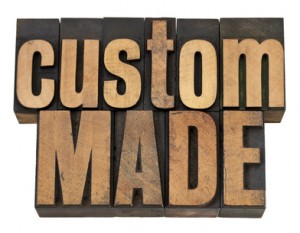 I love things that are hand-made and have schlepped through more craft shows than I can count. I now consider myself to be a master of the strum stick and a Kettle corn connoisseur, that salty-sweet popcorn sold in gigantic bags at every craft show imaginable. When I discovered Etsy.com, it was love at first crocheted baby blanket.
I love things that are hand-made and have schlepped through more craft shows than I can count. I now consider myself to be a master of the strum stick and a Kettle corn connoisseur, that salty-sweet popcorn sold in gigantic bags at every craft show imaginable. When I discovered Etsy.com, it was love at first crocheted baby blanket.
The explosion of hand-made and custom-made sites like Etsy.com and CustomMade.com cater to people like me. But the cool cash that venture capitalists are putting behind these sites (Etsy just grabbed another $40 million in a round of financing) tells me that, duh, I am not alone.
It makes sense that handmade, custom-made, monogrammed, personalized things are booming now. In our high-tech, low-touch, mall-ified world, we all crave something that’s made just for us.
If I was developing PR and marketing programs for brands that are far removed from this trend, for example Quaker Oats, or Toyota Prius, or Aveeno, I would be asking: can we hijack this passion? What can we own about hand-made?
Duct Tape did this brilliantly with its duct-tape prom dress initiative launched a few years back. Sharpie does this well, too. But those are tools and, not to detract from the brilliance of the prom dress idea and the fun of Sharpie’s, it makes sense to see what you can make with products that help make other things. But when your brand is about warm cereal, saving gas while enjoying the open road, or eliminating wrinkles, the answer is not so clear.
To get started, imagine what your product would be if it were custom-made. Custom-made oatmeal? Sure. Create a custom-make-your-own oatmeal bar with all the fixings, put it in an unexpected place, have oatmeal fans share their favorite mix-ins. Have contests for the most fattening, the healthiest, the sweetest, the most savory. Invite home ec teachers to judge. (Do they exist anymore? If not, they should). Make an app. You get the idea.
Custom-made Prius? Maybe it’s not about the car, perhaps Prius has discovered that their customers are incredibly loyal, buying not just one, but many. Reward them. Make a contest of it. For every dollar saved on gas, maybe they earn points towards something planet-saving and custom-made. A partnership with Custom-made.com? Woodworking classes? Just thinking. Isn’t it fun?
Beauty brands like Aveeno might take another route, hitching their wagon to the custom-made star by organizing knitting or sewing or painting classes for bloggers. Creating how-to videos and sharing on YouTube. Taking a custom-made message to farmers and flea markets that dot high-end neighborhoods on the weekend, co-sponsoring programs with Fiskars or Brother sewing machines. Or, reversing that thinking, setting up workshops with large pharmacy chains.
The creative possibilities are there; but the custom-made essence must remain in order for the program to authentically connect with consumers.
Thinking about how your brand can connect with a white hot trend is a worthwhile brainstorming exercise and can result in a memorable campaign. What trends have you hijacked that are strategically aligned with your consumer? Remember, Food Trucks are so 2011. Look ahead. What’s coming up? Share your story here.
Writing: An Endangered Skill?
/in Blog, Business /by Bonnie Rothman“The key to growth is the introduction of higher dimensions of consciousness into our awareness.” –Lao Tzu
I’ve always been very fond of this quote. (That’s right, I’m a quote collector.) Read more
Getting social! Our newest social media campaign is all about us.
/in Blog /by Bonnie RothmanAt Company B, we understand how important social media is to a brand. Not just important, but crucial. And although we are the busiest Company B has ever been, we’re incredibly excited to announce a new milestone in our brand’s own social timeline. What better way to show you what we can do for your brand, than to do it for ourselves? Read more
Gender Benders: Dr. Pepper 10
/in Blog /by Bonnie Rothman Dr. Pepper recently introduced a new 10-calorie version of its diet drink, aimed at men. The soda can features rivets. I know. They’re not real, but still.
Dr. Pepper recently introduced a new 10-calorie version of its diet drink, aimed at men. The soda can features rivets. I know. They’re not real, but still.
The company launched a Facebook app for men, called “The Ten Man-ments,” is advertising during college football games, trying to capture the man who wants a diet drink but doesn’t want to really admit that to anyone. The tagline? “It’s not for women.”
Not surprisingly, the campaign has backfired. According to Wavemetrix, it’s generating lots of negative attention. Men say they’re okay with the positioning but agree it’s offensive and women have taken to the social media channels saying they’ll take their diet drink business elsewhere.
See the video here:
The Dr. Pepper people say that the campaign is supposed to be a joke. But no one seems to be getting it. What happened?
The difference between how Venus and Mars behave let marketers tell a compelling story.(rivets?). Conflict is at the heart of great storytelling. But brands can risk taking that conflict too far.
But what’s interesting here is how the Dr. Pepper marketing people covered their bases when talking about new soda to the press. They said that 40% of people who tried and approved of the diet drink in six test markets were women. So who is the brand really aimed at, anyway?
Well, everyone, it seems, and perhaps that’s the intention. A campaign that’s skewed to be provocative can benefit from a public relations campaign to tell the story to all possible audiences, with a wink and a nod to the targeted core. If Dr. Pepper 10 doesn’t go by the way of New Coke, I can see a phase two campaign where women bloggers are invited to an immersion in the 10-calorie Dr. Pepper experience, follow the “The Man-ments” for a month – and chart their experiences with it on their blogs. Maybe the brand sponsors a Top-Chef quick-fire that pits the guys against the gals to come up with the healthiest dish using the soda that will appeal to a duo of 10-calorie Dr. Pepper tasters (man and woman). You follow?
Oh, and for the record, I think the ad is funny. It shows men being so stupid that I, for one, can’t possibly take it seriously. Will that turn me into a Dr. Pepper 10 drinker? I don’t think so, the brand told me that it doesn’t want me, in no uncertain terms.
Hallmark Unemployment Cards. Um, Ok.
/in Blog /by Bonnie RothmanHallmark is marketing unemployment cards – and the creative director of the company was on NPR to talk about it. Greeting cards aimed at the unemployed are perfect PR fodder and the mainstream news media has jumped to the bait. Time, The Washington Post, the LA Times, The Philadelphia Inquirer all covered. The story is getting attention because the notion is so counter-intuitive.
I can see how Hallmark decided to create a greeting card line to help soothe suffering souls and bolster the spirits of job-seekers. Hallmark believes that its products help make people’s days brighter. That’s what greeting cards typically do. A company “spokesman” has also been quoted as saying that he doesn’t expect the new line to be a barn-burner. Hmmm.
By Hallmark promoting the effort, the company PR team is drumming up attention for the brand during a slow season for greeting cards. That may have been the strategy in the first place. But I think that spending $3 on a card and sending it to someone who likely gave up their daily $3 Starbucks habit (and a whole lot more) seems off the mark. The public relations campaign supporting these cards feels icky to me. Even though our instincts as PR people tell us that we have a good story to tell; we have to stop and ask ‘why?’ Maybe there are stories that are better left untold.
Perhaps these cards would have been more meaningful if they were in the value price range of around a dollar or, better yet, offered as a free e-card? Hallmark could have built good will with a campaign aimed at helping the social good. For example with each purchase, Hallmark donates a portion of the proceeds towards an organization that provides job training. That’s a good story to tell.
What do you think about the Hallmark story? Good PR, or not-so-good?
